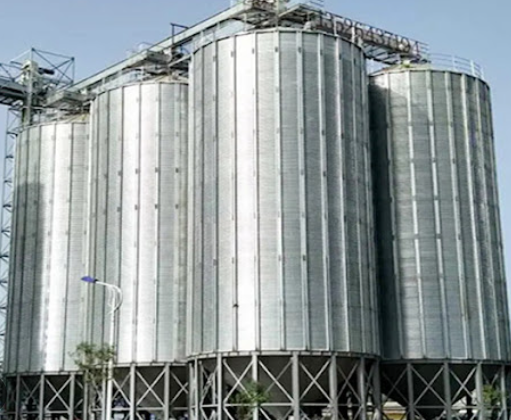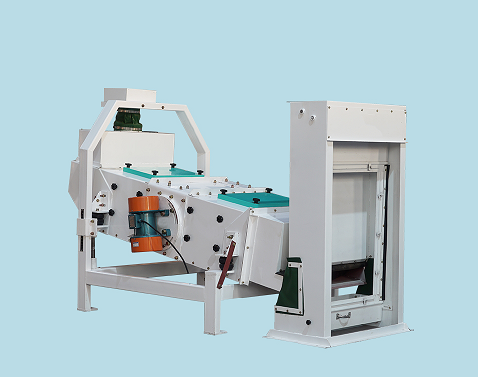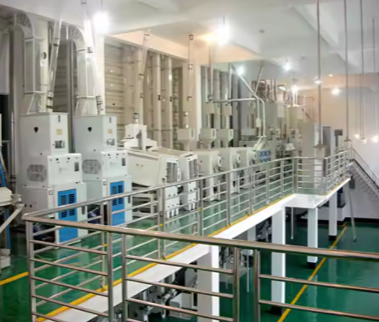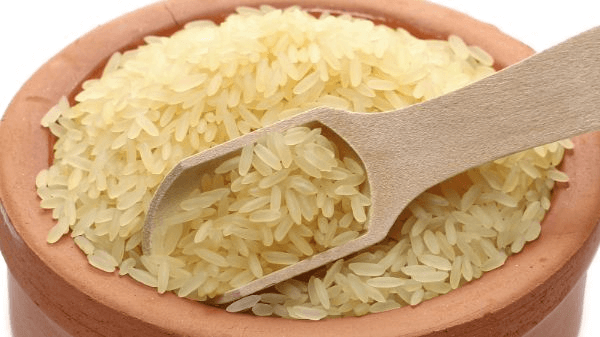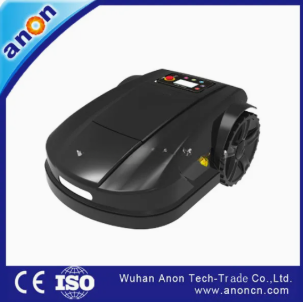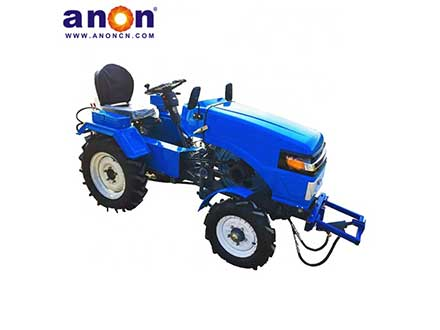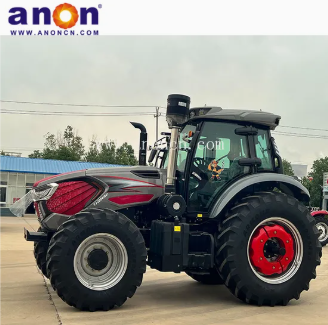Introduction
Do you know about parboiled rice? Parboiled rice, commonly known as “half-cooked rice,” is a nutritious rice made from paddy rice. It undergoes a series of hydrothermal processes, including cleaning, soaking, steaming, and drying, followed by milling. It’s internationally known as a “green food.” If you’d like to learn more about parboiled rice or its processing, read on.
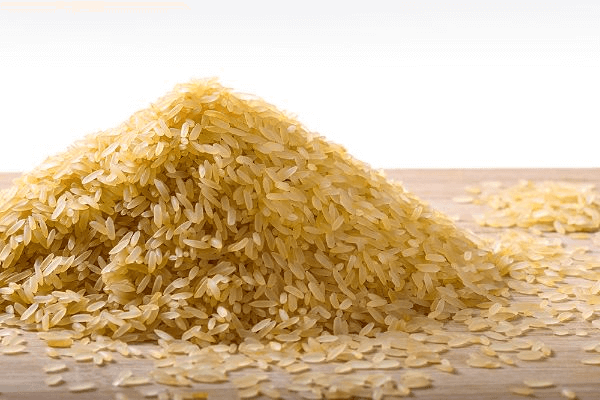
Features of parboiled rice
First, let’s take a look at the characteristics of parboiled rice to help you gain a comprehensive understanding of it.
Appearance
Parboiled rice has a transparent, honey-colored appearance with a slightly oily, glossy finish.
Nutrition
The most significant characteristic of parboiled rice is that it retains most of the nutrients found in the bran, resulting in a high nutrient retention rate. Compared to white rice, it contains significantly higher levels of B vitamins, minerals, and fiber.
Structure
Parboiled rice kernels are firm, compact, and have highly gelatinized starch.
Cooking
Parboiled rice takes longer to cook than similar white rice and must be soaked for at least 30 minutes before cooking, but it also yields a higher yield.
Taste
Parboiled rice has a dry, crisp, and soft texture.
Price
The price is approximately 5%-10% higher than that of white rice of the same specifications.
Market
The market for parboiled rice is concentrated in Europe, America, the Middle East, and certain countries in Central and South America.
Production process
So what is the processing technology for steamed rice? As mentioned earlier, the production process of parboiled rice takes several more steps than that of white rice. Below, I will introduce the production process of it to you one by one.
Paddy cleaning
First is cleaning. Before any processing, you must clean the paddy rice to ensure the quality of the rice and the smooth operation of the process. The cleaning stage mainly removes weeds, straws, dust, and large impurities. A cylindrical pre-cleaner and a vibrating cleaner are usually used. For paddy rice used to make half-cooked rice, removing dust is very important. This helps prevent dust contamination during the soaking stage.
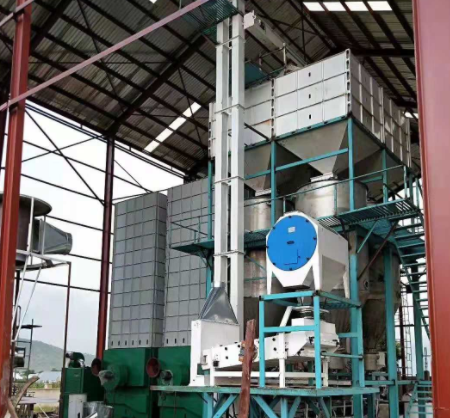
Soaking
The second step is soaking. Using vacuum, constant temperature, and pressure soaking, the paddy rice quickly absorbs water. During this process, the nutrients from the husk are fully absorbed by the rice grains.
The soaking tank is made of stainless steel and can hold 6 tons of paddy rice and 5000L of water. Depending on the variety and quality of the paddy rice, the soaking temperature is set between 65-72°C, and the soaking time is 6-8 hours. The purpose of soaking is to increase the moisture content of the paddy rice to 40%. This is necessary for starch pre-gelatinization. Otherwise, the rice will not be fully cooked during the steaming stage, affecting its quality.
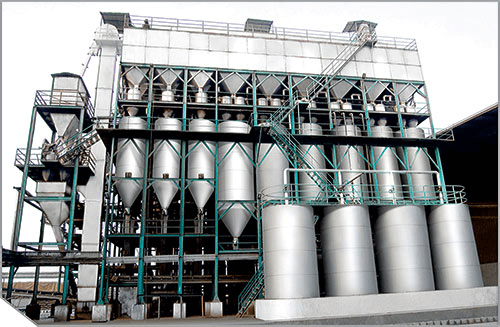
Steaming
The steaming process is actually the process of starch gelatinization. It helps change the physical structure of rice, kills insect eggs, preserves nutrients, and extends storage time. During steaming, you must strictly control the uniformity of high-temperature and high-pressure steam in both temperature and time. This ensures that the starch in the paddy rice is fully but not excessively gelatinized.
When starch is fully gelatinized, the cooked rice appears transparent with a honey-like color. This happens because pigments from the husk and bran move to the rice core, and a browning reaction occurs during pre-cooking. By adjusting the steaming parameters, you can produce light-colored, medium-colored, or dark-colored rice. Steaming has a significant impact on the final product’s quality, color, texture, grain strength, milling yield, and storage characteristics.
Drying
The drying process has two stages.
The first stage is rapid drying using a fluidized bed. The steamed paddy rice is discharged from the water tank and enters the fluidized bed through a belt conveyor or bucket elevator. It undergoes rapid drying for about 2 to 3 minutes, reducing the moisture content from 40% to 26%.
Next, the rice enters a low-temperature, slow-cycle dryer. It dries at a temperature below 80°C for 12 hours, reducing the moisture content to a safe level of 14%. This makes the rice easier to store, process, and mill. This process helps reduce the breakage rate and improve the whole kernel yield.
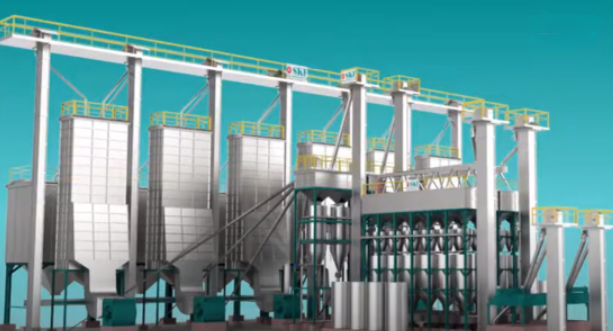
Cooling
The dried paddy rice is still very hot and cannot be hulled immediately. It must be cooled before processing. The paddy rice is sent to a vertical cylindrical silo for temporary storage. Inside the silo, ventilation fans remove excess heat and help distribute moisture evenly in the rice.
Paddy husking
Once the paddy rice has naturally cooled, it can go through the milling process. Aside from the earlier necessary processing steps, the following milling process is almost the same as for white rice.
After cooling, the paddy rice enters the rice hulling machine. The rubber rollers squeeze and rub the rice to remove the husk, preparing it for further milling.
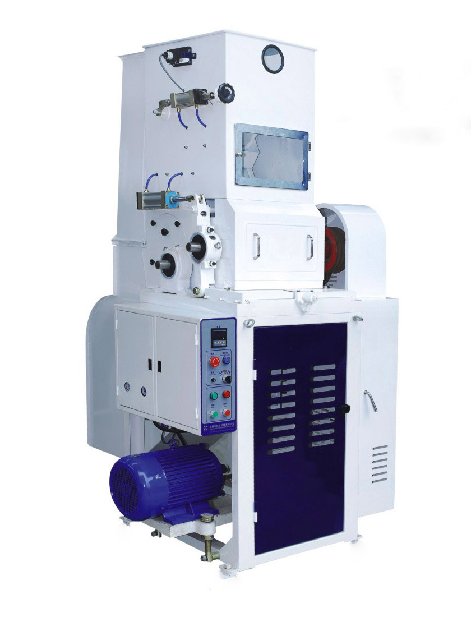
Paddy separating
The mixture of hulled rice and unhulled paddy enters the paddy separator. The separator moves at an angle and uses different sieve hole sizes to separate brown rice, mixed rice, and paddy.
The brown rice moves to the next milling stage. The mixed rice goes through another separation process. The unhulled paddy returns to the hulling machine for re-hulling.
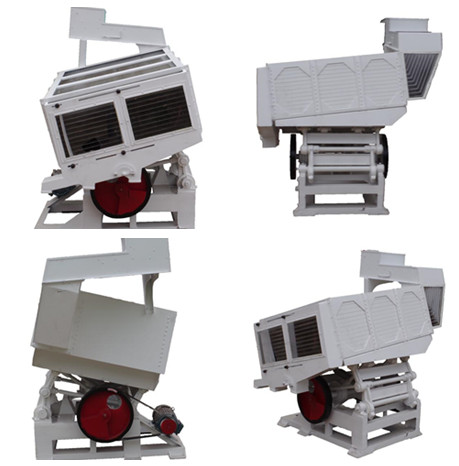
Whitening
The whitening stage removes the bran layer and further polishes the rice.
There are two types of rice milling machines: iron roller and sand roller rice whitening machines. The iron roller milling machine has a lower speed and provides more even milling, making it better for grains with high oil content. Since parboiled rice is more oily and tough, we prefer using an iron roller milling machine to process it.
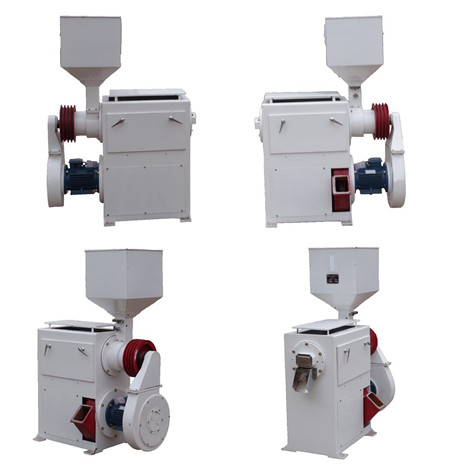
Grading
After milling, the rice will usually have some broken rice, so we also need to grade the rice.
The rice grader uses a series of screens with progressively smaller holes from top to bottom to separate the rice. It sorts the rice into whole kernels, large broken, medium broken, and small broken, making it easier for you to handle them differently.
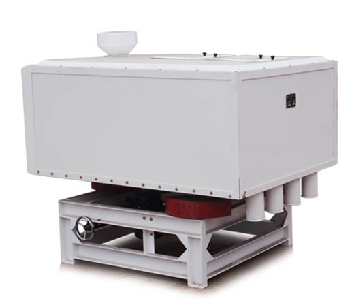
Color sorting
After grading the rice, the whole kernels go into a color sorter. The color sorter uses photoelectric technology to precisely remove any off-colored grains, further helping you improve the quality of the rice.
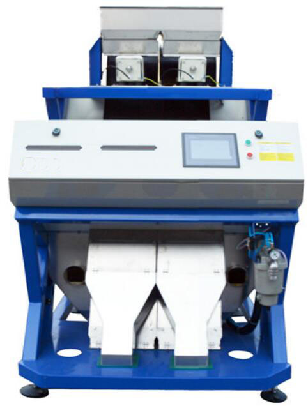
Rice polishing
After color sorting, the rice undergoes a rice polishing machine to further improve its shine. Polishing enhances the appearance of the rice. It is actually a starch gelatinization process that helps fill in any cracks on the rice surface, making it glossy and translucent. This improves its commercial value and storage performance.
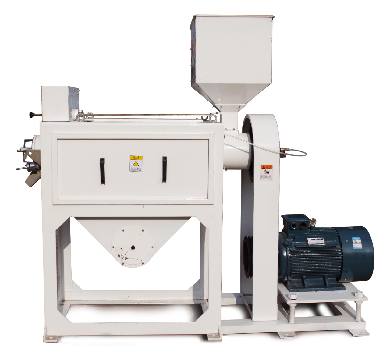
Rice packing
The processed rice is packed using a packing machine. You can set the weight for each bag on the control panel, and the packing machine will measure it precisely, saving time and effort.
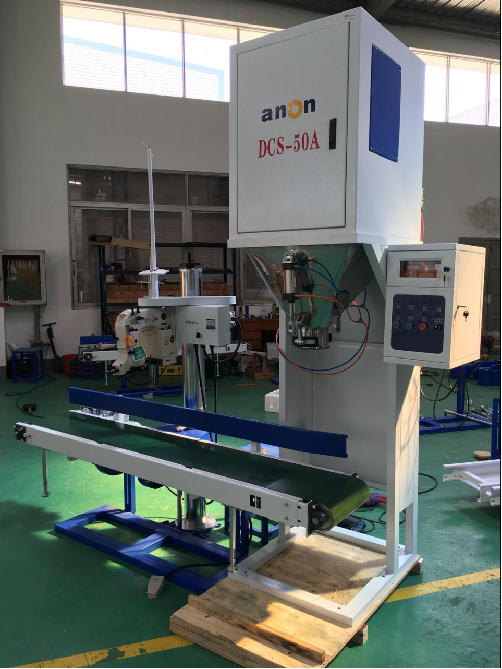
This is the entire processing flow of parboiled rice. So, if you want to process it, you need to have both milling equipment and a full set of parboiled rice processing equipment. These two must be used together.
Parboiled rice advantages
Good Nutrition
First, parboiled rice is highly nutritious. Regular white rice goes through multiple processes that remove the nutrient-rich husk and germ, leaving less than 5% of the nutrients. Parboiled rice, on the other hand, undergoes hydrothermal treatment on unhulled paddy rice. This process allows soluble vitamins and minerals from the husk and bran to seep into the endosperm, preserving the germ. It optimized starch structure and gelatinized starch slow digestion, lowering the glycemic index, and retaining over 87% of nutrients. Known as a healthy rice and a green food, it is particularly suitable for diabetics and fitness enthusiasts. Rich in dietary fiber, it helps promote intestinal health and maintain normal metabolism.
High rice production rate
Parboiled rice absorbs slightly more water than regular rice, about 10%-15% more per gram. This significantly expands in volume after cooking, resulting in a higher yield. This means you can make more rice from the same weight, offering excellent value for money.
Strong Rice Grains
Parboiled rice has firm, resilient grains that resist breaking. This reduces breakage during processing compared to regular rice, helping to minimize rice loss. Because the grains are firmer and chewier, parboiled rice is ideal for making fried rice, salads, and more. It also resists sticking and is easy to clean.
Less broken rice
Parboiled rice has firm grains and strong toughness, making it less likely to break. During processing, it produces fewer broken grains compared to regular rice, which helps reduce rice loss to some extent.
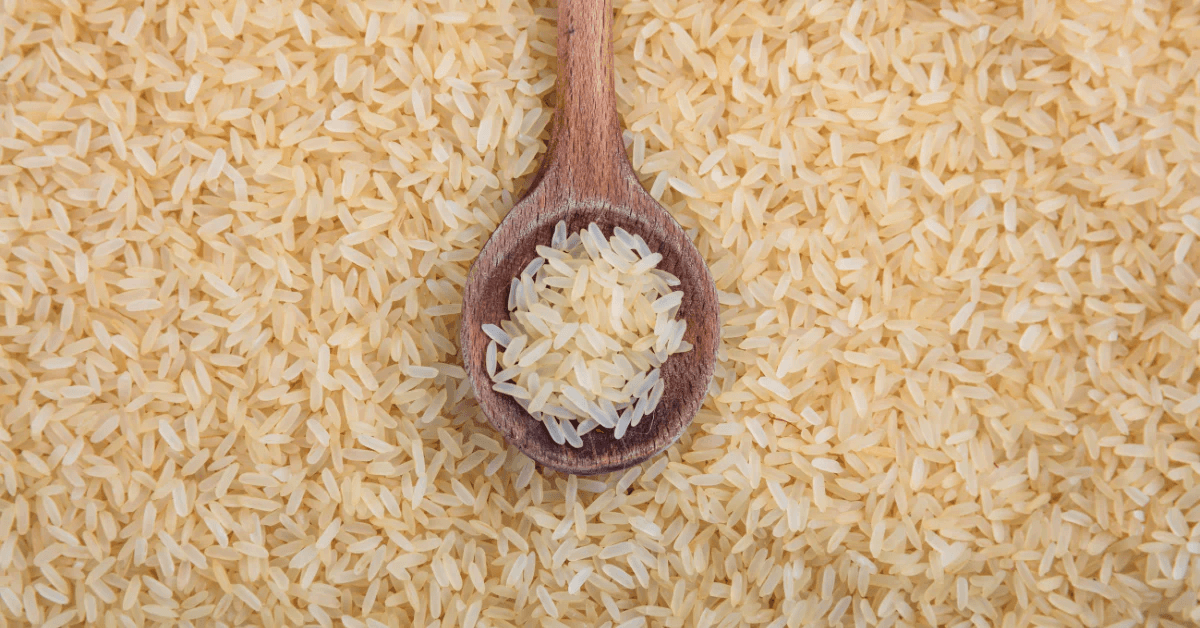
Longer storage time
Since the rice is steamed during processing, the high temperature kills pests, inactivates the rice enzymes, and removes its ability to sprout, which extends its shelf life. This characteristic also makes it suitable for transportation under certain conditions.
How do you choose your parboiled rice mill plant?
If you want to process parboiled rice, how should you choose your parboiled rice processing line?
Production demand
First, you need to determine your output. Based on how much rice you want to produce per hour, you can decide the production capacity of the line. Since each machine has different output options, by determining your production needs, we can match you with the right production line.

Automation degree
Next is the level of automation. Our parboiled rice processing line is fully automated, requiring no manual operation. The machines handle feeding, discharging, and temperature control automatically, saving labor while ensuring precision. If you choose a line with lower automation, the experience of the operators becomes crucial, and staff training will also be an additional cost.
Production process and equipment
Finally, you need to consider the processing technology and equipment. The key to making parboiled rice lies in the steaming process. Our production line separates soaking and steaming, improving steaming quality. In the drying stage, we use fluidized bed rapid drying and a low-temperature, slow-cycle dryer. This not only shortens the drying time but also ensures even drying. As a result, the final product has no cracks and a low breakage rate.
Conclusion
I believe that after reading this article, you have gained a certain understanding of parboiled rice. As an internationally recognized nutritious rice, of course, it has a promising market and profit potential. ANON has a professional team dedicated to providing simple and efficient machines for your business. ANON, operate easily, harvest more!


